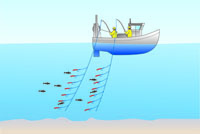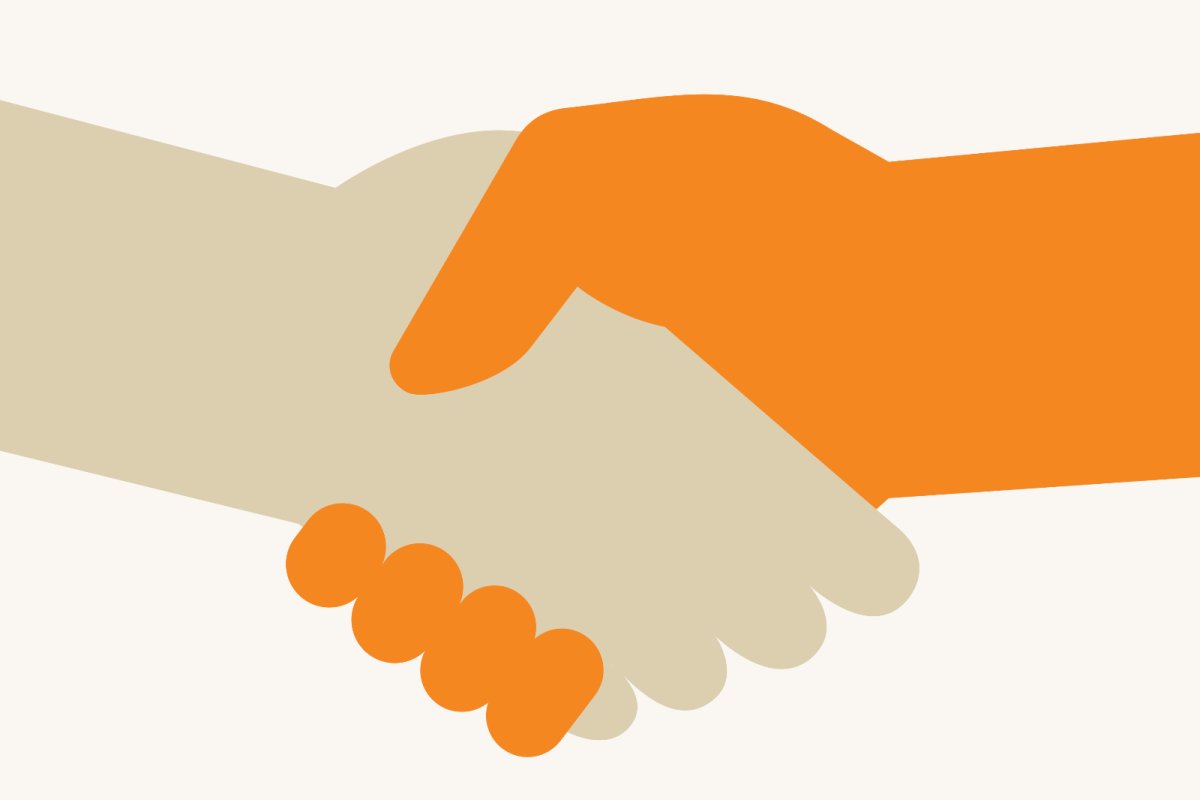 Pole and line fishing uses hand held or mechanically operated poles with baited hooks attached. This method targets naturally schooling fish which are attracted to the surface through use of lights or the scattering of bait. Trolling, a technique used to catch large game fish in upper waters, involves the boat slowly drawing a line of baited hooks or lures through the water. Handlining is a selective method and involves manually fishing with hooked lines. It is used in both the upper water layers as well as closer to the seabed. Hook and line methods tend to be used by relatively small inshore vessels.
Pole and line fishing uses hand held or mechanically operated poles with baited hooks attached. This method targets naturally schooling fish which are attracted to the surface through use of lights or the scattering of bait. Trolling, a technique used to catch large game fish in upper waters, involves the boat slowly drawing a line of baited hooks or lures through the water. Handlining is a selective method and involves manually fishing with hooked lines. It is used in both the upper water layers as well as closer to the seabed. Hook and line methods tend to be used by relatively small inshore vessels.
Examples of target species
- Tuna, mackerel, seabass.
Environmental summary
- Habitat damage - these hook and line fishing methods do not come into contact with the seabed so are not associated with damage to marine habitat.
- Bycatch of vulnerable species - small scale fishing with hooks and lines are not particularly associated with unintentional capture of vulnerable species.
- Discards - hook and line fishing can be associated with capture of non-target fish and other marine life but this is not ordinarily a significant problem.
Mitigation
Pole and line, trolling and handlining from small vessels are some of the most selective forms of fishing gear.
Good Catch: Good Catch provides practical information for chefs, caterers and restaurateurs, making it easier for them to serve more sustainable seafood.
